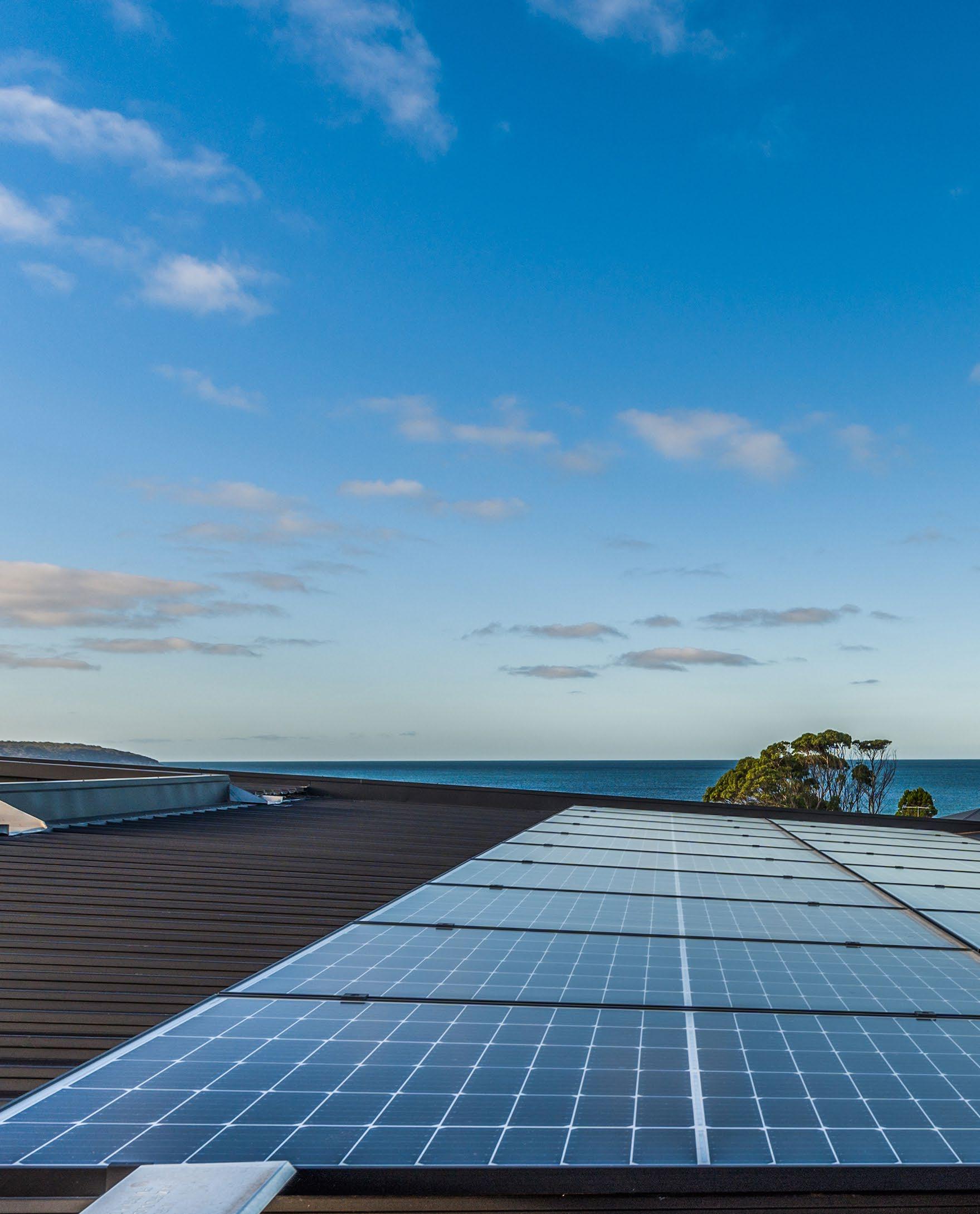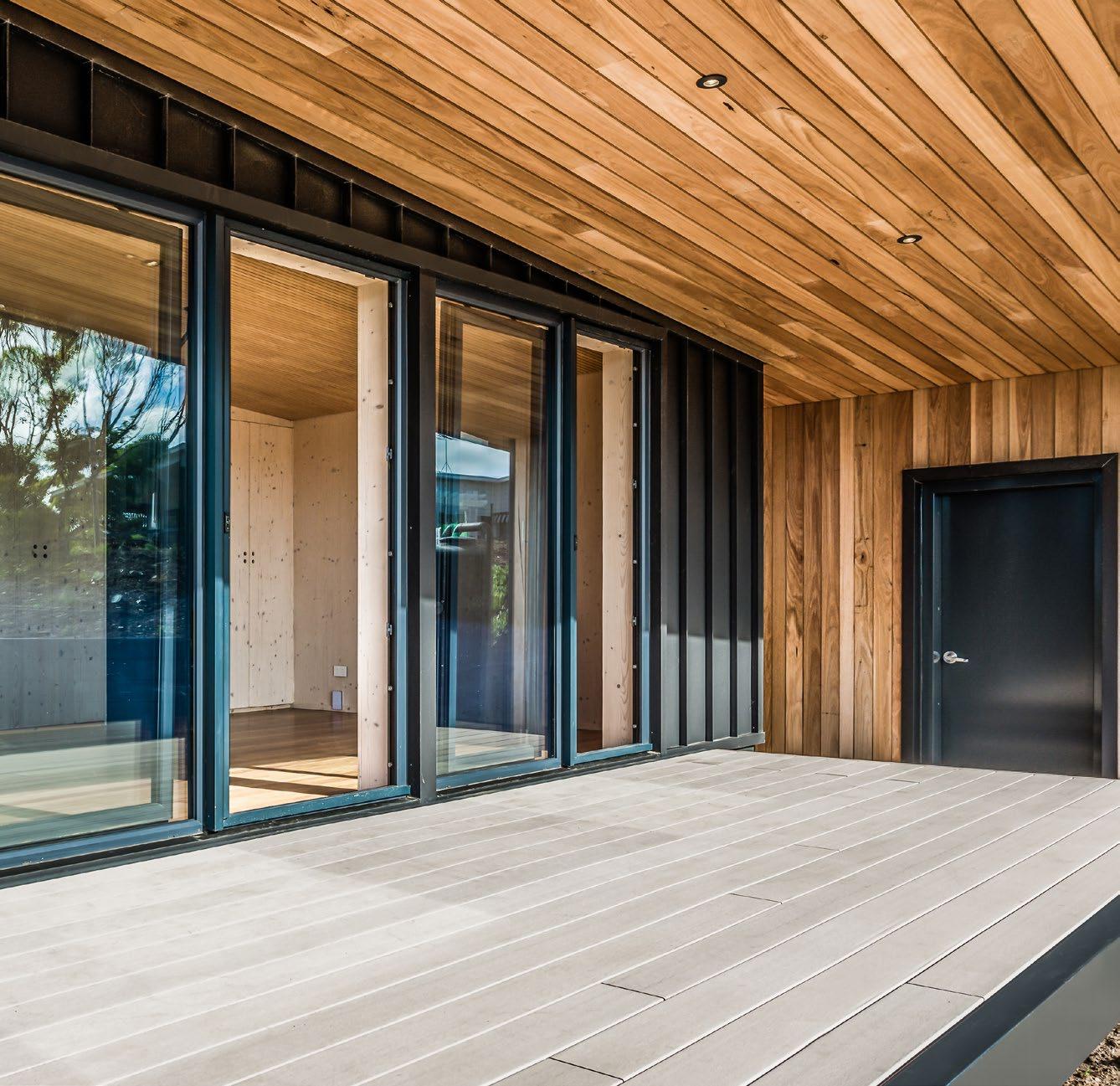
4 minute read
Building a Sustainable Future:
THE GROWTH OF THE CIRCULAR ECONOMY IN AUSTRALIA’S BUILT ENVIRONMENT
The circular economy is a concept that has gained significant traction in recent years, particularly in the built environment sector in Australia. The circular economy refers to an economic model that aims to eliminate waste and keep resources in use for as long as possible, with the ultimate goal of reducing the dependence on finite resources and mitigating the negative impacts of resource extraction, production, and consumption. The built environment is one of the sectors that has the potential to significantly contribute to the circular economy, as it is responsible for a significant portion of the world’s resource consumption and waste generation.
In Australia, the built environment sector has been making progress towards a more circular economy. One of the most significant developments in this direction has been the increased focus on sustainable building practices and the use of environmentally friendly materials. For example, there has been a growing trend towards the use of recycled materials, such as recycled steel and concrete, in construction projects. This not only reduces the demand for virgin materials, but it also helps to divert waste from landfills, which is a key goal of the circular economy.
Another trend in the built environment sector in Australia that is contributing to the circular economy is the increasing use of renewable energy sources. Solar panels, wind turbines, and other renewable energy technologies are being incorporated into new buildings and retrofitted into existing structures, reducing the reliance on nonrenewable energy sources and helping to mitigate the environmental impact of energy production. This trend is expected to continue as the cost of renewable energy technologies continues to decrease, making them more accessible to a wider range of consumers.

Another area where the circular economy is gaining traction in the built environment sector in Australia is in the area of waste management. The use of waste-to-energy technologies, such as anaerobic digestion and incineration, is becoming more widespread, providing an alternative to traditional waste disposal methods and reducing the amount of waste that is sent to landfills. This not only reduces the environmental impact of waste disposal, but it also helps to create new sources of energy, which contributes to the circular economy.
In addition to these trends, there is also a growing focus on the reuse and repurposing of existing buildings in the built environment sector in Australia. This is particularly important in cities, where land is becoming increasingly scarce and expensive. By repurposing existing buildings, it is possible to reduce the demand for new construction, which can have significant environmental impacts, and to extend the life of existing structures. This not only helps to conserve resources, but it also contributes to the circular economy by keeping materials and resources in use for as long as possible.

Finally, it is worth mentioning the role that government policy and regulations are playing in promoting the circular economy in the built environment sector in Australia. The Australian government has set ambitious targets for reducing greenhouse gas emissions and increasing the use of renewable energy sources, and it has introduced a number of policies and initiatives aimed at promoting the circular economy. For example, the government has established a National Waste Policy, which sets out a framework for reducing waste and promoting the circular economy, and it has introduced a number of financial incentives to encourage the use of sustainable building practices and the use of recycled materials in construction.

In conclusion, the circular economy is becoming an increasingly important concept in the built environment sector in Australia, as the sector seeks to reduce its environmental impact and conserve resources. A number of trends and developments, including the increased use of recycled materials, the incorporation of renewable energy technologies, the focus on waste management, the reuse and repurposing of existing buildings, and government policy and regulations, are all contributing to the growth of the circular economy in this sector. With continued progress in these areas, it is likely that the built environment sector will continue to play a significant role in the transition towards a more sustainable and circular economy. However, there is still much work to be done to fully realize the potential of the circular economy in the built environment sector in Australia. It will require collaboration between governments, businesses, and communities to develop and implement solutions that promote the use of sustainable materials and practices, reduce waste, and conserve resources.
One of the key challenges in achieving a circular economy in the built environment sector is changing the way we think about resource use and waste. The traditional linear model of take-make-use-dispose needs to be replaced by a more circular model, where materials and resources are kept in use for as long as possible, waste is reduced or eliminated, and the negative impacts of resource extraction and consumption are minimized.
In order to achieve this, it will be necessary to invest in research and development to find new and innovative ways to conserve resources and reduce waste. This will involve developing new materials and technologies, as well as improving existing ones, to make them more environmentally friendly and sustainable. It will also require education and awareness-raising efforts to encourage individuals and businesses to adopt more sustainable practices and to support the transition to a circular economy.
Ultimately, the trend towards a circular economy in the built environment sector in Australia is a positive one, and it is essential that we continue to make progress in this direction if we are to achieve a more sustainable and resilient future. By working together, we can create a built environment that supports the health and well-being of both people and the planet, and that helps to conserve resources for future generations.










